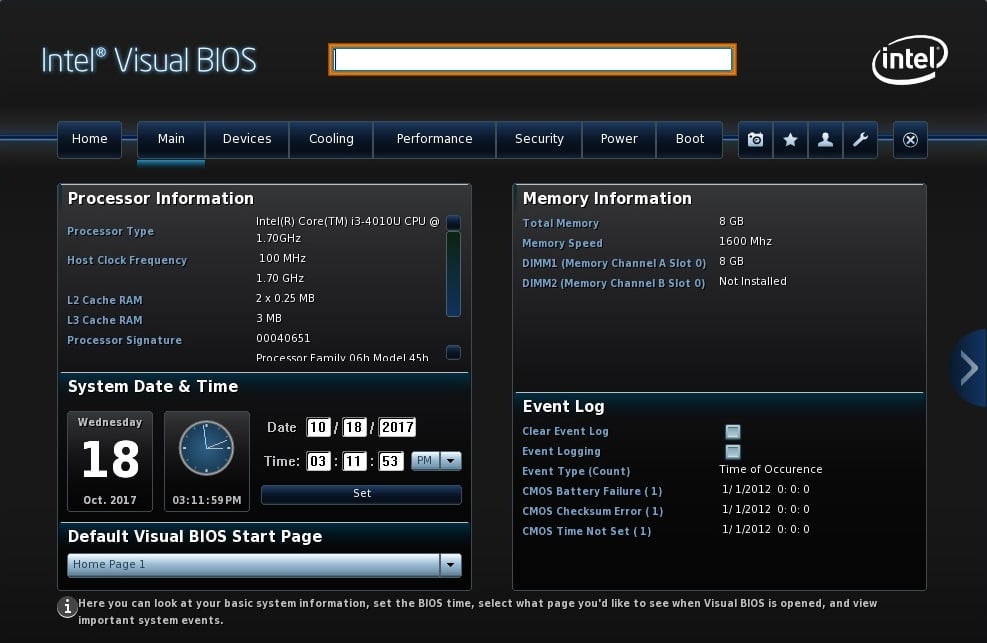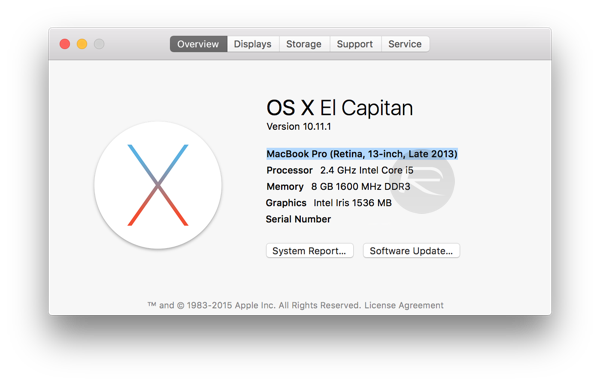

Turbo Boost is Intel’s proprietary technology to intelligently increase a processor’s clock speed if the application demands it.
#WHAT IS TURBO BOOST INTEL I5 SERIES#
The Core i5 series uses Turbo Boost to speed up your tasks, as does the Core i7 series. The Intel Core i3 series does not support Turbo Boost. Turbo Boost – Intel processor comparison chart i3, i5, i7 Of course, before making a buying decision, it’s advisable to check the details at. Understanding these letters and the numbering system above will help you know what a processor offers just by looking at the model number, without needing to read the actual specifications.


T: Power Optimized for desktop processors.Y: Low Power. Typically found on older generation laptop and mobile processors.These draw less power and are better for the battery. U: Ultra Low Power. The U rating is only for laptop processors.For i3 CPUs, the main difference is that they only have two cores, a smaller cache, do not support Turbo Boost and have overall lower thermal output than i5 and i7 CPUs.Īs you can see, the model number will typically be followed by one, or a combination of the following letters: U, Y, T, Q, H, G, and K. Especially in terms of frequency and thermal output, the two lines really are not very different. So while i7 CPUs do have overall better specifications than i5 CPUs, there is actually quite a bit of overlap between the two except that i5 CPUs do not support Hyperthreading. Core i3 CPUs have variable graphics depending on the price-point of the CPU. Core i5 and i7 CPUs have the same graphics, although the speed of that graphics will depend on the individual CPU.i7 CPUs have more Smart Cache than i5 CPUs, which in turn have more cache than i3 CPUs.i3 CPUs only have 2, while Core i5 and i7 CPUs have 4 cores,.Core i5 and i7 both have Turbo Boost while the i3 does not.The CPU frequency and thermal output (TDW) is largely not determined by the Core i_ name.Overall, the chart above can be summarized with the following: Intel processor comparison chart i3, i5, i7 – Desktop CPUs The Intel Core i7-10510U is one you’ll see in some high-end thin and light laptops like the Dell XPS 13.īenchmarks show it is around 15-25% faster than the previous i7-8565u. And there are even more models than usual. We are already surrounded by new laptops with 10th generation Intel processors. Laptop CPU to look out for: Intel Core i7-10510U Out to kit out a mid-range PC? Do look at the price of the vanilla Core i5-9400 too. You can pair this processor with a high-end graphics card without risk of regular bottlenecks and the K means the more ambitious among you can overclock the CPU.
#WHAT IS TURBO BOOST INTEL I5 UPGRADE#
But the current upgrade cost of the Core i5-9600k is so small you may want to consider the jump. The Core i5-9400 is Intel’s baseline mid-range processor. The place to start: Intel Core i5-9600k and i5-9400 It has a lower standard clock speed but the real-world power difference isn’t huge in most contexts and it costs less. Many of you may want to consider the cheaper Intel Core i9-9900K too. It pairs well with a very high-end graphics card and an effective cooling system. This 8-core, 16-thread monster desktop processor is effectively a ready-overclocked version of the Intel Core i9-9900K. If only a very high-end CPU will do, consider the Intel Core i9-9900KS. For high-end gaming builds: Intel Core i9-9900KS and 9900Kxp


 0 kommentar(er)
0 kommentar(er)
